DressedUndressed: Beyond genderless fashion
DressedUndressed from designers Takeshi Kitazawa and Emiko Sato, has been an unassuming yet confident presence at Tokyo fashion week since 2012, when its initial collections courted tailoring connoisseurs with precise unisex attire that scaled in size but otherwise had no gendered distinction. A partnership in both the design and marital sense, the couple have been at the vanguard of unisex design ever since. The brand’s shows were first patronized by those seeking a break with the binary, but the collections rapidly won widespread acclaim overseas, while picking up premium rack-space in Japan — all at the label’s own thoughtful pace.
As a truly balanced partnership, Kitazawa and Sato prefer not to be identified individually during interviews, explaining, “people always ask what the split is in our working life, always wanting to work out who does what or to find conflict. We work together, we speak together and anything DressedUndressed does is both of our work. Ultimately, it is a brand made by both a man and a women.”
Likewise, DressedUndressed’s output, despite aiming for unisex clothes, frequently finds their garments the subject of categorization. “Fashion weeks worldwide are already starting to de-segregate men’s and women’s shows, but when you take it to retail that’s when the problems start,” they explain. “Why do our clothes end up in, for example, the women’s section?”
Will this conventional way of selling clothing change? “We don’t want to call it an old way of thinking, maybe just ‘established.’” the designers say, smiling. “Having said that, buyers at established department stores see the need for change and always say that brands such as ours are necessary to open up the possibility of a unisex section, so we might see a shift soon.”

Having begun their career together as directors of the cult select shop Candy before braving it with their own brand, it is not hard to see why the couple wrestle with the constraints of establishment categorization. In its first iteration as a bunker boutique in the heart of Shinjuku’s LGBT-friendly Ni-chome neighborhood, Candy was the stomping ground of a burgeoning fashion party scene of the early 2000s, and it went on to launch the careers of not just DressedUndressed but also other successful brands, including Christian Dada from Masanori Morikawa.
“Being in that part of Shinjuku, full of people expressing their desires and tastes freely, it really brought home that while from a design perspective men and women’s bodies are fundamentally different, in terms of culture, particularly fashion, what we like is much the same,” they say — a statement that is reinforced when they point out that Sato is wearing the outfit Kitazawa wore the day before: “That idea struck us as interesting and, right from the start, we realized that we could only explore it and make truly unisex clothing if we worked together — using both our perspectives as a man and a woman.”
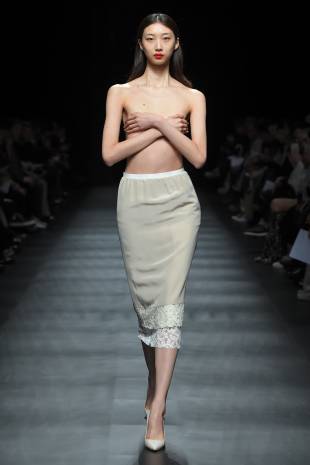
“Being Japanese, aspects of minimalism and the kimono, which is a largely un-gendered garment from a structural perspective, are in our blood,” they continue. “And by exploring the idea of unisex from our cultural perspective, we hoped that we could contribute something back to society. Of course, we respected international perspectives on unisex back then, and still do. We would hate to think that anything we did might affront someone abroad, but we felt our version of unisex was going to be different.”
It wasn’t easy for the brand to move from the grimy walls of Candy to the heavily hierarchical and structure of brand retailing. But considering the charged nature of gender debates in the West, the relatively de-politicized nature of the dialogue in Japan was a blessing in disguise.
“We absolutely respect that resistance against taboos becomes a weapon in the west, but in fashion terms, people in Japan seem more open-minded to challenging society and people’s ideas of unisex. The dialogue is open in Japan,” the pair explains.
LATEST STYLE & DESIGN STORIES
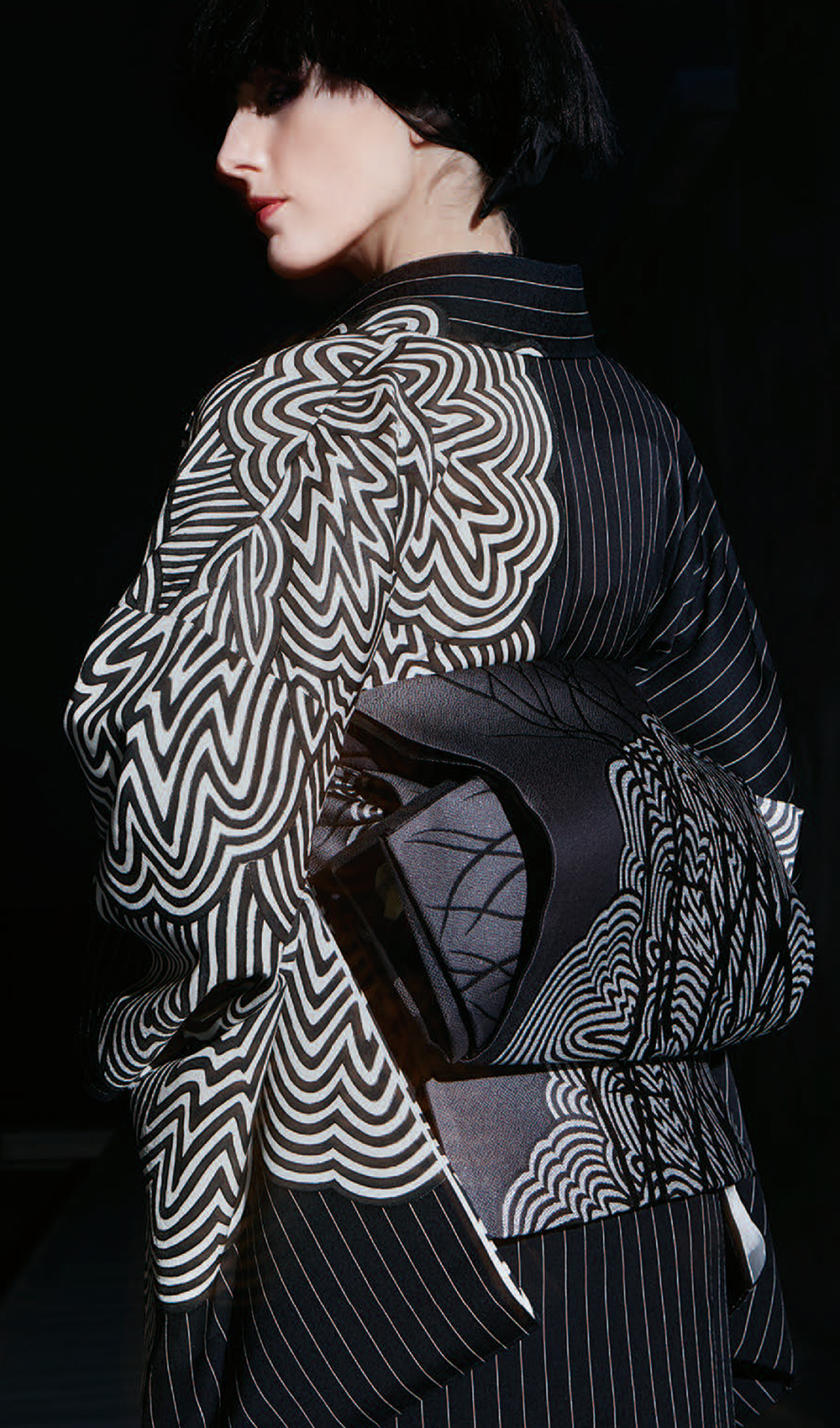
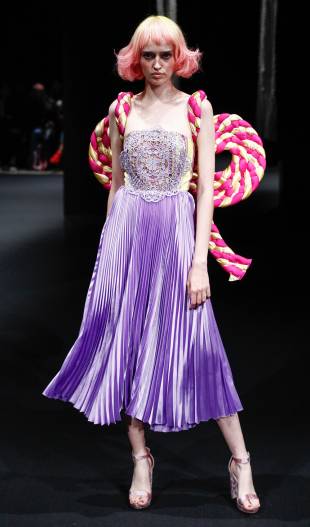
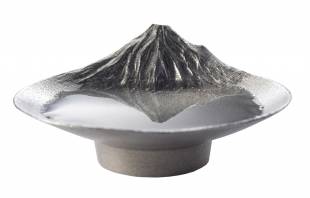
- Classic ways to relax in style
- Crafts that help perfect a calming break from it all.
Setting up the perfect view
There are names for particularly majestic views of Mount Fuji. “The Diamond Fuji” is when the sun me…
The pair’s early collections dealt with conventional gendered expressions in fashion by hiding the body’s physical attributes under clothes that looked the same regardless of sex.
Recent collections, however, did the reverse with female models’ lingerie seductively peeking out from outerwear, while men bared their legs by sporting daringly short shorts, layered with trench-coats.
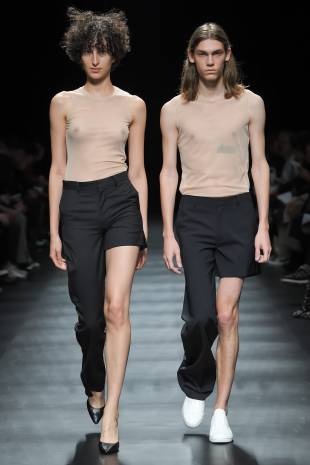
If the early collections were armor against the world, the embrace of vulnerability was a mark of confidence, the pair say: “It was a gradual shift, but for our previous 12th season we wanted to reintroduce our brand and live up to our name of clothes that you wear but allude to a state of undress. That eroticism has always been there in our brand, sometimes overtly sexual, sometimes more complicated.”
Graduating from the party scene to fashion week wasn’t the development that influenced the designers’ output. “Everything in our career and lives was completely equal and shared. But, and this is just my perspective,” says Kitazawa, breaking the unison mode for a moment, “it was at the point when our first child was born, that I realized there were things I couldn’t do and that only women could do.”
Kitazawa continues: “I mean this in the positive sense. As a man, there were also things that only I could do. Seeing that, and taking pleasure in those roles, made me want to celebrate those differences through fashion. That is why I am not afraid to make a bomber jacker that is completely unisex, but accept it is going to exaggerate different aspects of the gender of the person who wears it.”
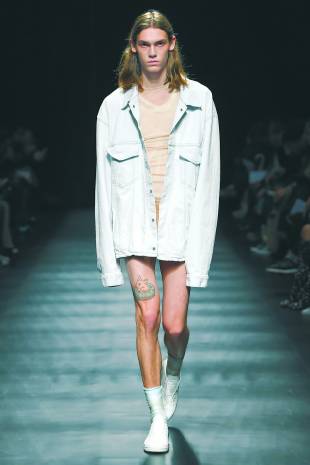
“Androgyny is the step to celebrating difference,” Sato says. “I had much the same realization, and seeing people pairing our clothes the way the want to express themselves is precisely what we set out to achieve.”
Now in their 13th season, despite offers to show abroad, DressedUndressed sees Tokyo fashion week as its stage: “Our clothes are all made in Japan, our runway team is here, and this is ultimately where we grew up as a brand.”
Join DressedUndressed for their “I’m Sexy”-themed autumn/winter runway show that promises its fair share of surprises at 11 a.m. on March 20 as part of Amazon Fashion Week Tokyo. The show will also be streamed live on Tokyo Fashion Film.
For more information, visit dressedundressed.com and www.tokyofashionfilm.com.
Let’s block ads! (Why?)


